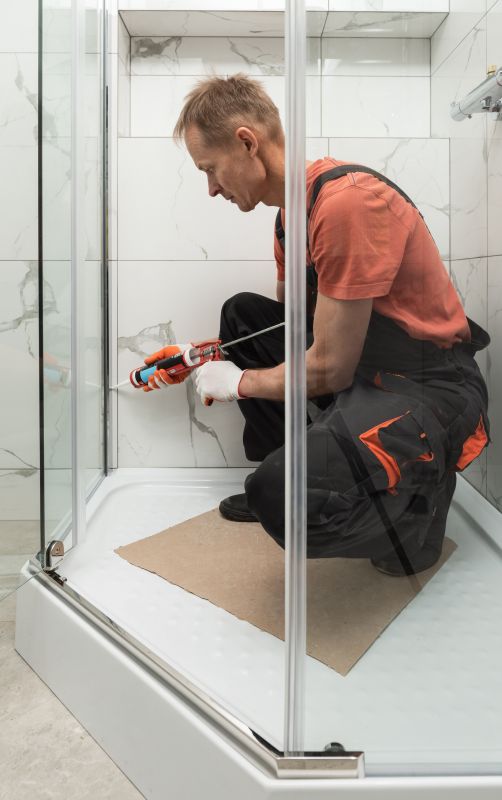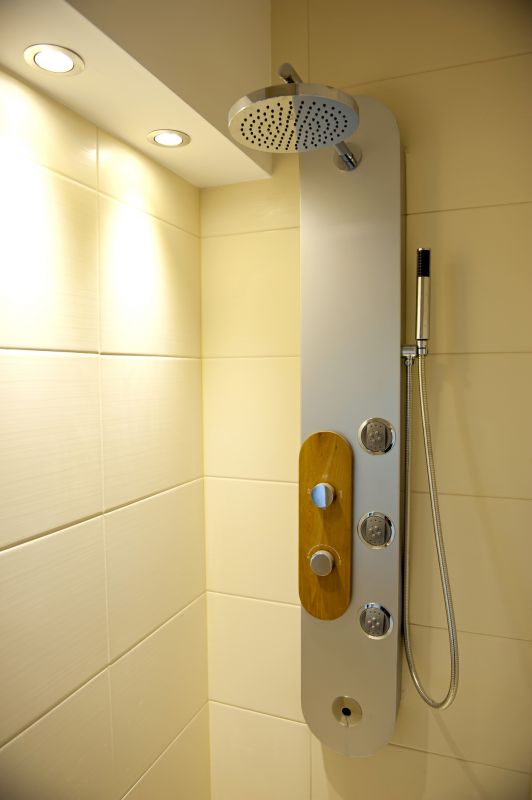Shower Floor Waterproofing
Welcome to Aberdeen Showers
Shower Floor Waterproofing
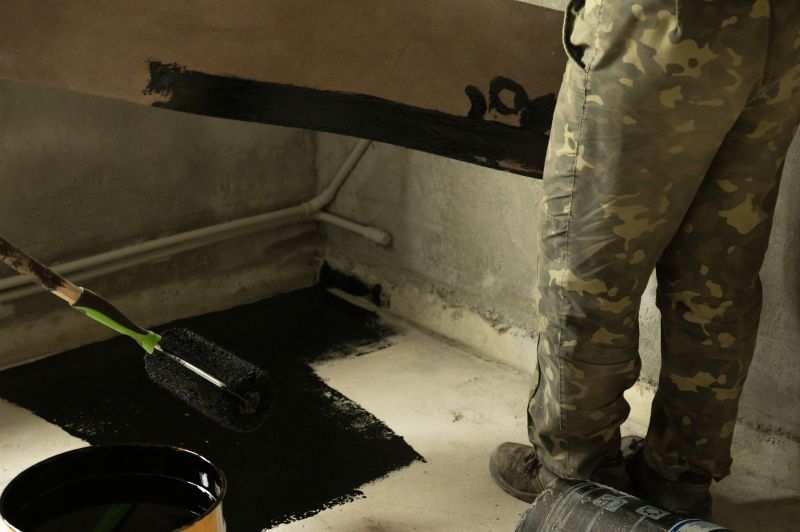
Shower Floor Waterproofing: Essential Considerations for Homeowners
Shop for Shower Floor Waterproofing
When planning a bathroom renovation or new build, one of the critical aspects to consider is shower floor waterproofing. Ensuring that your shower floor is adequately waterproofed not only extends the lifespan of your bathroom but also prevents costly water damage. Understanding the various materials and methods available can help homeowners make informed decisions to achieve a durable and effective waterproofing solution.
Waterproofing a shower floor involves creating a water-tight barrier that prevents moisture from seeping into the underlying structure. This is crucial in maintaining the integrity of your bathroom and avoiding issues such as mold, mildew, and structural damage. Selecting the right waterproofing material is essential, with options ranging from liquid membranes and sheet membranes to traditional methods like hot mop asphalt.
Liquid membranes are a popular choice due to their ease of application and seamless finish. These products are typically applied with a brush or roller, forming a flexible, continuous barrier. Sheet membranes, on the other hand, are pre-formed sheets that are adhered to the substrate, providing a robust and reliable waterproof layer. Each type has its advantages, and the choice often depends on personal preference and compatibility with the existing bathroom design.
Homeowners should also consider the finish of their shower floor. Tiles are a common choice, offering a wide range of styles and finishes. Porcelain and ceramic tiles are highly durable and water-resistant, making them ideal for wet areas. Natural stone tiles, while aesthetically pleasing, may require additional sealing to ensure waterproofing efficacy.
Liquid Membranes
Flexible and easy to apply, providing a seamless waterproof barrier.
Sheet Membranes
Pre-formed sheets offering a robust waterproof solution.
Tile Finishes
Choose from porcelain, ceramic, or natural stone for durability and style.
Dimensions of the shower floor also play a role in the waterproofing process. Smaller showers may require more precision in applying waterproofing materials, while larger areas might benefit from products that can cover extensive surfaces efficiently. It's important to measure the shower area accurately to determine the amount of material needed for complete coverage.
Another factor to consider is the compatibility of the waterproofing system with the existing plumbing and drainage setup. Ensuring that the waterproofing method integrates seamlessly with the shower drain and plumbing fixtures is vital for preventing leaks and ensuring efficient water flow. Consulting with a knowledgeable source about compatibility can be beneficial in making the right choice.
| Attribute | Details |
|---|---|
| Material | Liquid Membrane, Sheet Membrane, Hot Mop Asphalt |
| Finish | Porcelain, Ceramic, Natural Stone |
| Dimensions | Customizable to fit any shower size |
Regular upkeep is necessary to maintain the effectiveness of shower floor waterproofing. Routine inspections for any signs of wear, such as cracks or peeling, can help catch potential issues early. Additionally, resealing grout lines and tiles periodically can ensure that the waterproofing system remains intact and efficient.
- Flexible liquid membranes
- Durable sheet membranes
- Variety of tile finishes
- Customizable dimensions
- Seamless integration with plumbing
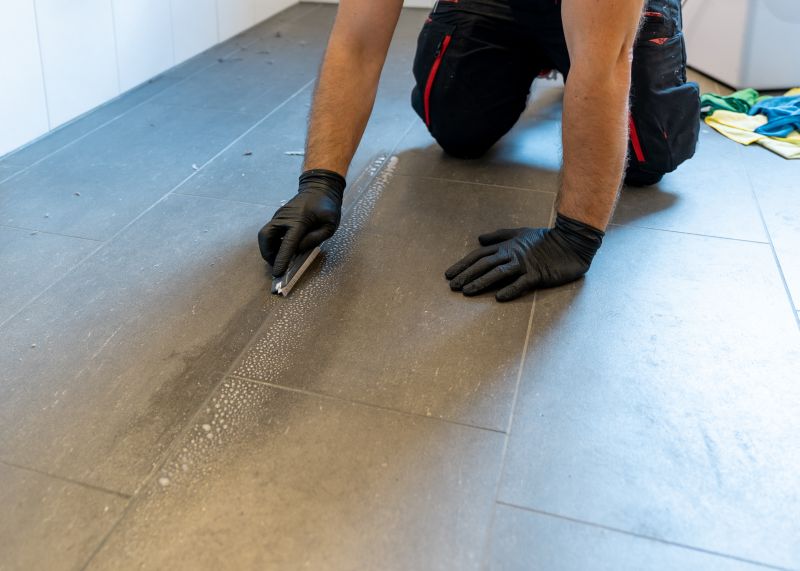
Liquid Membranes
Flexible and easy to apply, providing a seamless waterproof barrier.
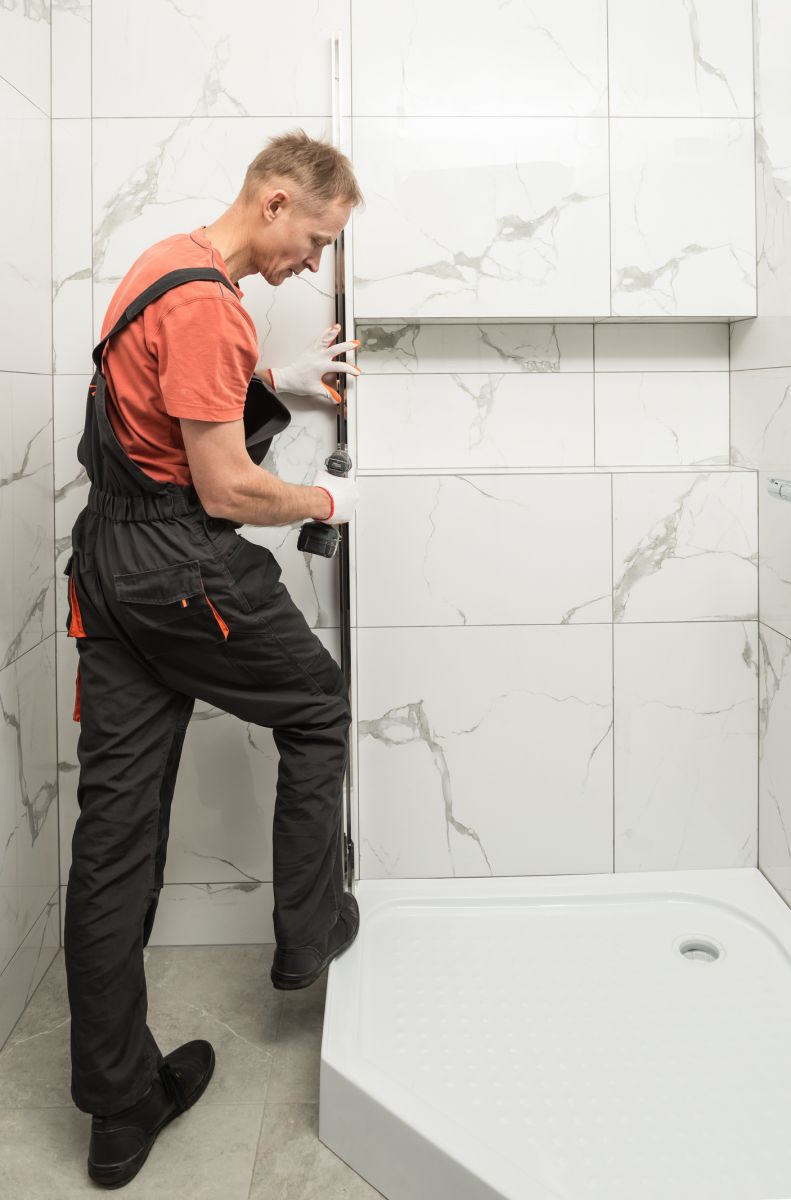
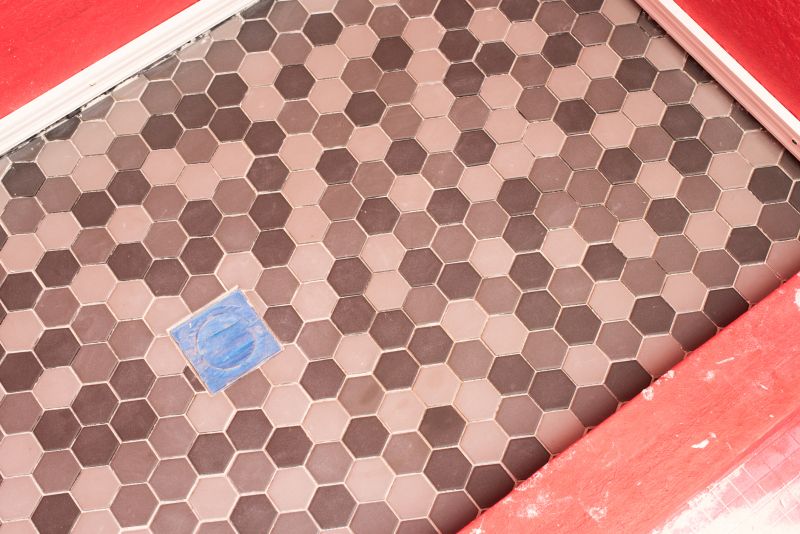
Tile Finishes
Choose from porcelain, ceramic, or natural stone for durability and style.
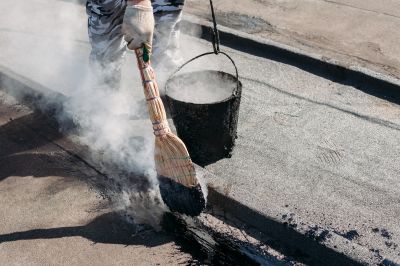
Hot Mop Asphalt
Traditional method using hot asphalt for waterproofing shower floors.
Features and Materials for Effective Shower Floor Waterproofing
Shop for Shower Floor Waterproofing
Exploring the Essential Components of a Waterproof Shower Floor
Ensuring the shower floor is effectively waterproofed is crucial for maintaining the integrity and longevity of your bathroom. The right materials and features can prevent water damage, mold growth, and structural issues. When selecting materials for shower floor waterproofing, homeowners should consider factors such as durability, water resistance, and ease of maintenance.
Common materials used for waterproofing shower floors include membranes, sealants, and specialized boards. Each material offers unique benefits and is suitable for different types of installations. Membranes, for example, provide a flexible barrier that can adapt to minor movements in the structure, while sealants offer a seamless application that can fill small gaps and imperfections.
In addition to selecting the appropriate materials, homeowners should also consider the features and options available for effective waterproofing. These may include pre-sloped shower pans, which ensure proper drainage, and waterproofing kits that provide all necessary components for a comprehensive installation. Compatibility with existing plumbing and tile work is also an important consideration.
Maintaining a waterproof shower floor involves regular inspection and upkeep. Homeowners should check for any signs of wear or damage, such as cracks or discoloration, and address them promptly to prevent further issues. Additionally, using compatible cleaning products can help preserve the waterproofing materials and extend their lifespan.
Waterproof Membranes
Flexible and adaptable, these membranes provide a robust barrier against moisture, suitable for various shower designs.
Sealants
Ideal for filling gaps and ensuring a seamless finish, sealants are essential for maintaining watertight integrity.
Pre-sloped Shower Pans
These pans ensure efficient water drainage, preventing water pooling and potential damage.
Waterproofing Kits
Comprehensive kits include all necessary components for a complete waterproofing solution.
- Water Resistance
- Durability
- Ease of Maintenance
- Compatibility with Plumbing
- Adaptability to Structural Movement
| Material | Finish | Dimensions |
|---|---|---|
| Membrane | Flexible | Customizable |
| Sealant | Seamless | Varies |
| Shower Pan | Pre-sloped | Standard Sizes |
Choosing the right combination of materials and features for shower floor waterproofing can significantly enhance the functionality and durability of your bathroom. By considering the specific needs of your space and the attributes of available options, you can create a waterproof solution that meets your requirements. Regular maintenance and careful selection of materials will ensure that your shower floor remains protected and functional for years to come.
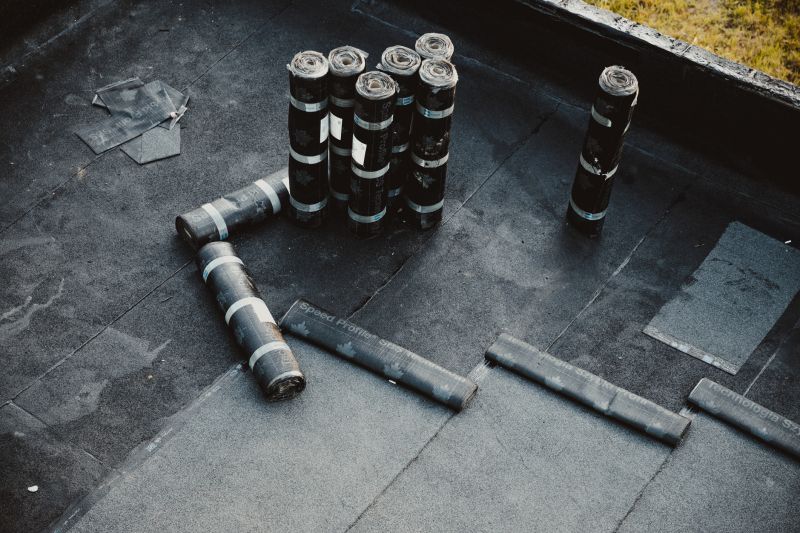
Waterproof Membranes
Flexible membranes offering a robust moisture barrier for various shower designs.
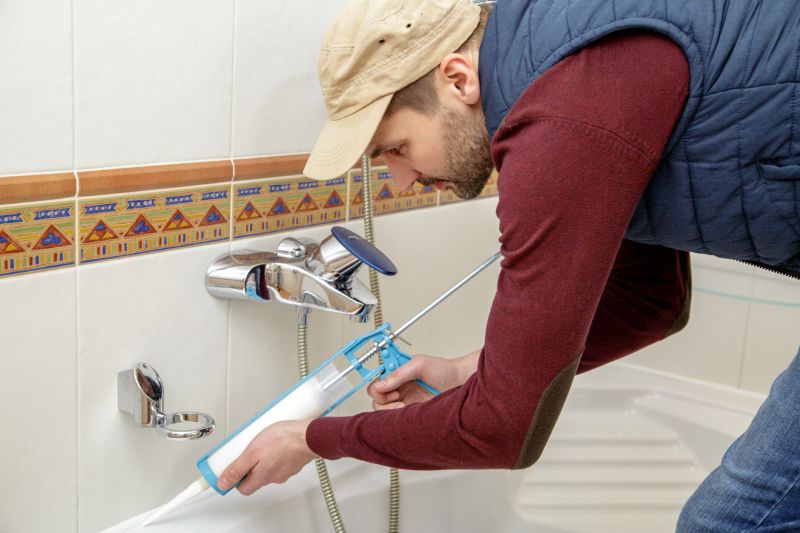
Sealants
Essential for filling gaps, ensuring a seamless and watertight finish.
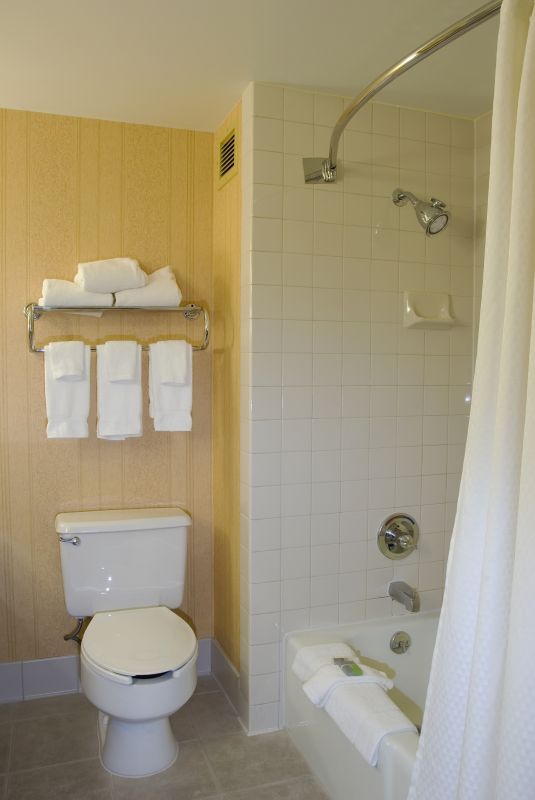
Pre-sloped Shower Pans
Pans designed for efficient drainage, preventing water pooling.
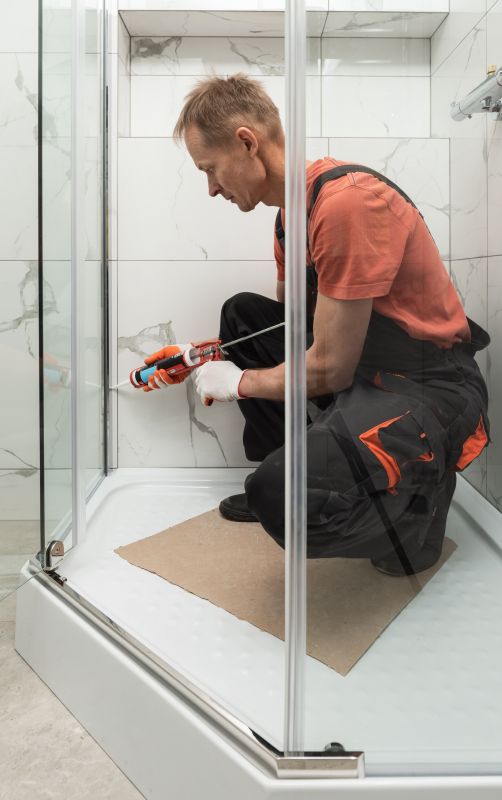
Waterproofing Kits
Kits with all components for a complete waterproofing solution.
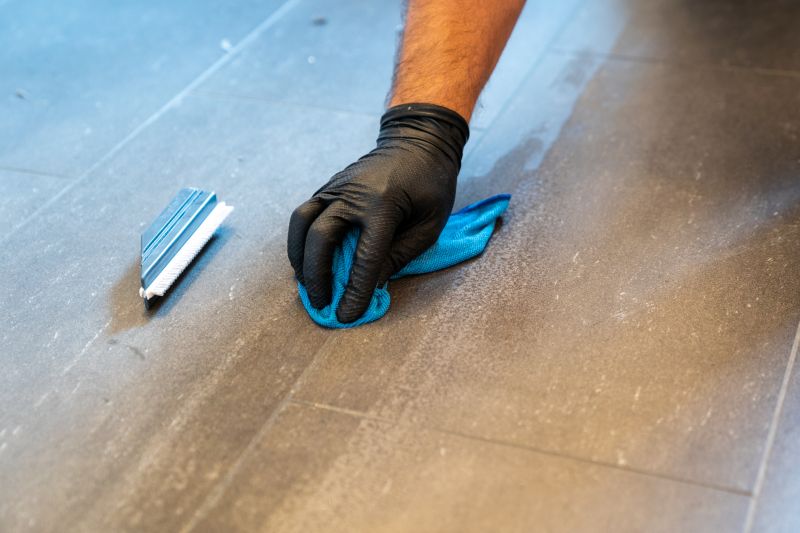
Selection Criteria and Upkeep for Shower Floor Waterproofing
Shop for Shower Floor Waterproofing
Guidelines for Choosing and Maintaining a Waterproof Shower Floor
When it comes to shower floor waterproofing, selecting the right materials and ensuring proper upkeep are crucial for longevity and performance. Homeowners have a variety of options to consider, each with distinct features and benefits. The primary goal is to prevent water from seeping into areas where it can cause damage, such as subflooring and adjacent walls.
One of the first considerations is the material used for the waterproofing layer. Common materials include liquid waterproofing membranes, sheet membranes, and foam backer boards. Each material offers different levels of flexibility, ease of installation, and compatibility with various types of shower floors. Liquid membranes, for example, are often favored for their ability to form a seamless barrier, while sheet membranes provide a robust layer that can be cut to fit any space.
Another key factor is the finish of the waterproofing material. Some homeowners prefer a smooth finish for easy cleaning, while others opt for a textured surface to enhance slip resistance. The choice of finish can also impact the overall aesthetic of the shower, so it's important to consider how it complements the rest of the bathroom design.
Dimensions and compatibility with existing shower structures are also critical. Waterproofing materials must be adaptable to the specific dimensions of your shower floor and should integrate seamlessly with drains and other plumbing fixtures. It's essential to measure accurately and select materials that can accommodate any unique architectural features of your bathroom.
Liquid Membranes
Offers a seamless application and excellent flexibility, ideal for irregularly shaped spaces.
Sheet Membranes
Provides a robust barrier, easy to cut and install, suitable for standard shower dimensions.
Foam Backer Boards
Lightweight and easy to handle, perfect for adding insulation and soundproofing.
Maintaining a waterproof shower floor involves regular inspection and cleaning to ensure the integrity of the waterproofing layer. Homeowners should check for any signs of wear or damage, such as cracks or peeling, and address these issues promptly to avoid further complications. Using appropriate cleaning products that do not compromise the waterproofing material is also important.
- Material compatibility with existing shower structures
- Preferred finish for aesthetics and safety
- Ease of installation and adaptability
- Maintenance requirements and longevity
| Attribute | Description |
|---|---|
| Material | Liquid, Sheet, Foam |
| Finish | Smooth, Textured |
| Dimensions | Customizable |
In conclusion, selecting the right shower floor waterproofing involves careful consideration of materials, finishes, and compatibility with your existing bathroom setup. Regular upkeep ensures that your shower remains a functional and attractive part of your home for years to come.
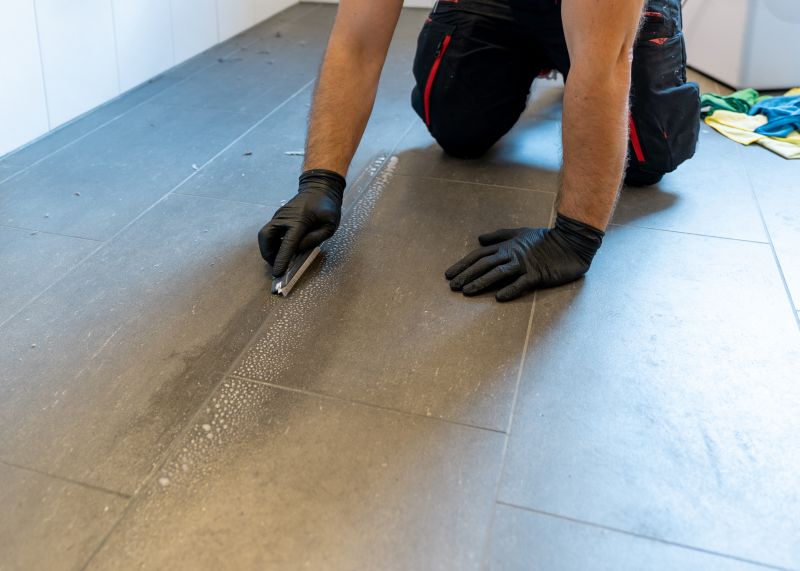
Liquid Membranes
Seamless application and flexibility, ideal for irregular spaces.
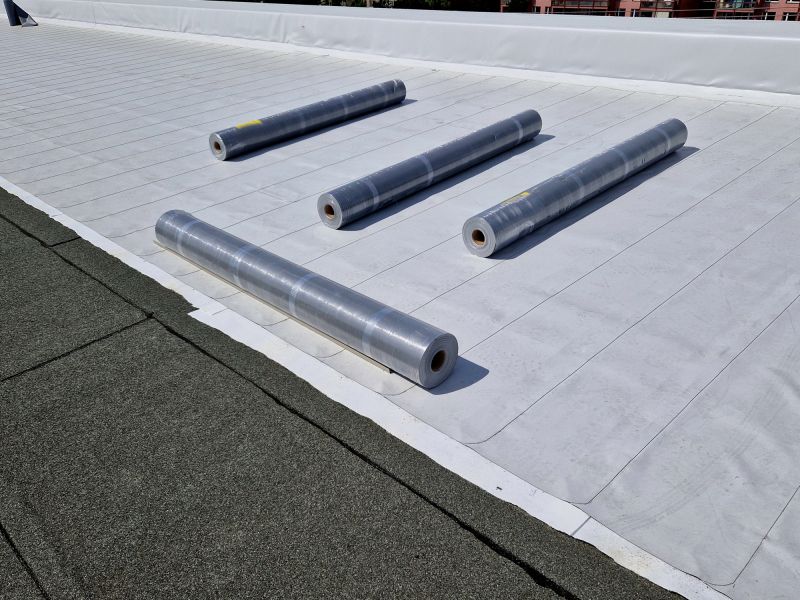
Sheet Membranes
Robust barrier, easy to cut and install for standard dimensions.
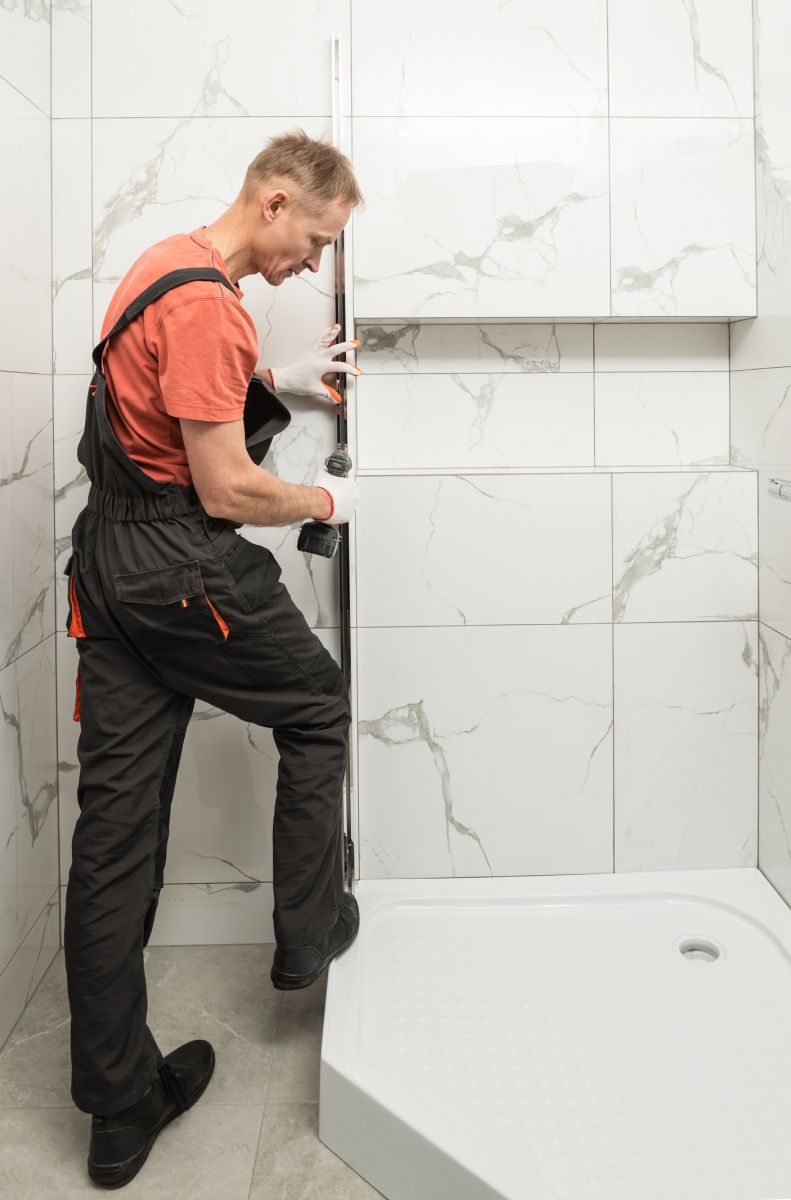
Foam Backer Boards
Lightweight, easy to handle, adds insulation and soundproofing.
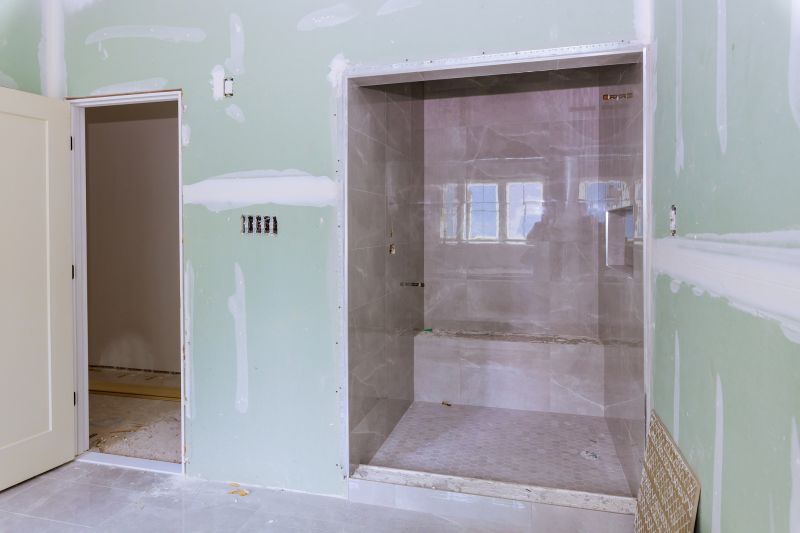
Textured Finish
Enhances slip resistance, complements bathroom aesthetics.
